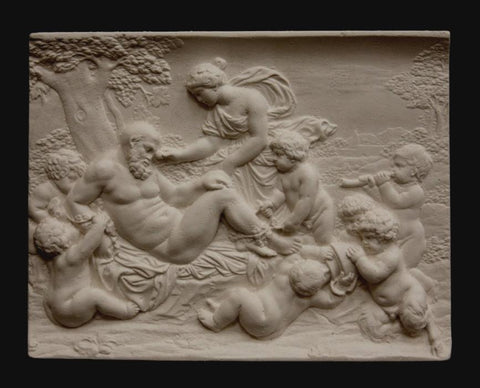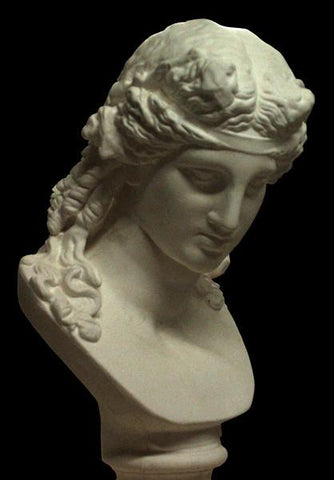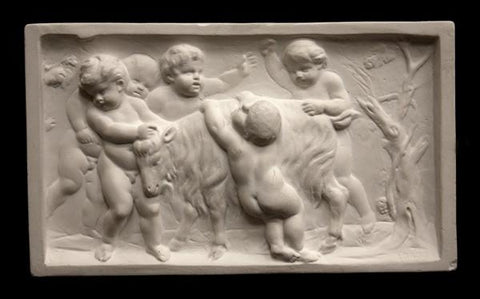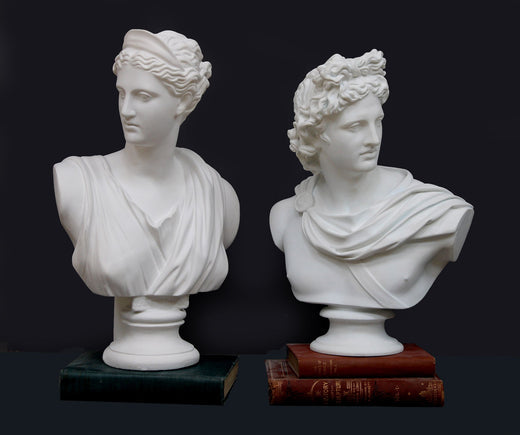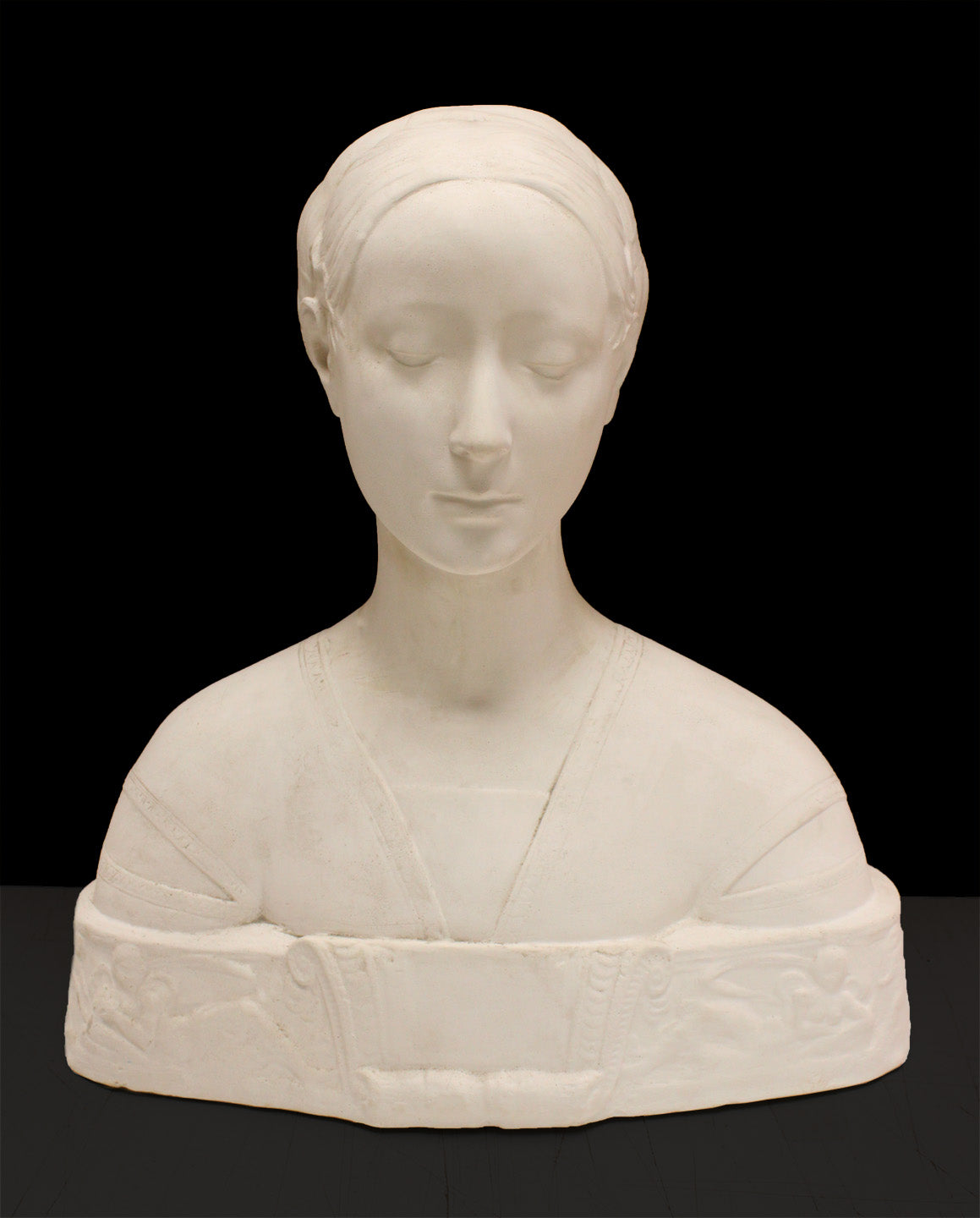The characters in the Caproni Collection often come alive upon investigation. In researching Bacchus (Roman) / Dionysus (Greek), we realized we have many of his family and friends in our collection.
Our Depictions of Bacchus:
For Bacchus, we have a small plaque – The Feast of Bacchus from a series of reliefs depicting the Feast of Bacchus by Da Bologna according to the historic Caproni Catalogs – as well as an Infant Bacchus medallion. The bust known as Ariadne also has a connection. Art historians think it may not be a portrait of Ariadne, but of her lover, Bacchus.
Bacchus’s Friends and Family in the Collection:
The connection to the god of agriculture, wine and fertility expands to many of our other pieces. For example, we have seven depictions of Jupiter (Roman) / Zeus (Greek), father of Bacchus, who sewed the unborn infant to his thigh and gave birth to him nine months later (now that's a dedicated dad!). Then of course there are the Bacchante (Roman) / Maenads (Greek), followers of Bacchus who would bring themselves to a frenzy by dancing and consuming wine, of which we have three depictions. You'll find other followers, like the Fauns (Roman) / Satyrs (Greek), who were half men and half goat, in several reliefs and as the subject of busts and figures. See the two Feast of Bacchus reliefs, two large reliefs featuring a Bacchic procession, the Satyr Mask, the Faun Head, and the Dancing Faun among many others.
Below, See the Cast of Characters!
The top and bottom photos are the whimsical depictions of The Feast of Bacchus and Bacchanalia, respectively. Next is the bust of Ariadne or Bacchus. Then comes our Otricoli Zeus; this monumental portrait was discovered in the 18th century in the town of Orticoli in Umbria, Italy. After Zeus is an elegant relief of a Bacchante dancing. The original is in the Musei Capitolini, Rome.
We hope you enjoy!
Robert, Kathleen, Kayla, and Lisa
Last updated February 26, 2020
Want content like this delivered to your inbox? Sign up for our newsletter!
